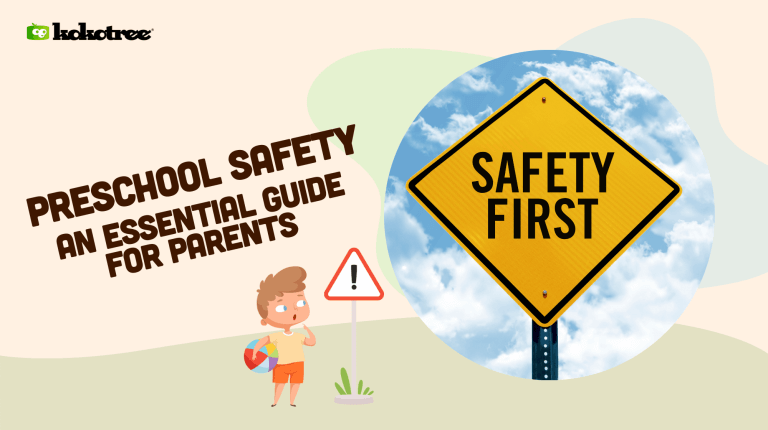

Every parent wants the best for their child, and preschool safety tops the list of concerns when entrusting their little one to a school.
This guide dives deep into the safety measures that reputable preschools put in place and offers advice for parents to ensure their child remains safe both in and outside of school.
The preschool age is a time of rapid exploration and learning. Ensuring safety:
Entrusting our children to a preschool requires confidence in its protective measures. Preschools understand this profound responsibility and have set protocols to ensure a child’s safety at every touchpoint. From physical infrastructure to staff selection, every detail is meticulously considered.
Ensuring the right people are around our children is the first line of defense. Reputable preschools:
Physical security forms the backbone of a preschool’s safety protocol:
Being prepared for emergencies can make a significant difference:
The well-being of every child extends beyond just immediate physical safety:
As dietary concerns grow, ensuring safe food consumption in schools becomes crucial:
Children learn a lot through play, making play areas essential:
The journey to and from school is an extension of the school’s responsibility:
With technology becoming an integral part of education, it’s vital to ensure that it’s used safely:
Learn more in our post, Safety Procedures for Kids
While schools play a pivotal role in safeguarding children, parents are the first line of defense. The home environment, daily routines, and general awareness can significantly impact a child’s safety. Here, we provide insights and actionable tips for parents to ensure their child’s well-being both in and outside the school premises.
Your child’s safety begins with the right choice of preschool:
A two-way communication channel is crucial:
Safety doesn’t stop at school gates:
Empower your child with knowledge:
Safety on the road is paramount:
Check out our post, Teaching Toddlers to Be Safe and Responsible, for more detailed information on preschool safety.
Technology has become invaluable in reinforcing child safety in our rapidly evolving digital era. Beyond merely facilitating learning, modern tech offers innovative solutions to monitor, communicate, and respond to various safety concerns. Let’s explore how technology is reshaping the landscape of preschool safety.
Embracing technology for safety:
Being proactive as a parent:
Safety rules provide clear guidelines for children, helping them understand boundaries. Here are some fundamental rules and their importance:
Safety education should be age-appropriate, engaging, and continuous. Here’s how to effectively teach safety:
When teaching safety, it’s essential to cover a range of topics:
A classroom, while primarily a safe environment, can have potential hazards:
Activities help reinforce safety lessons:
Get our list of Safety Activities and Games for Preschoolers
Visual cues are impactful for children:
A safe environment promotes learning and exploration:
The safety of our children is a shared responsibility between parents and preschools. By staying informed, asking the right questions, and teaching our children basic safety protocols, we can ensure they have a safe and enriching preschool experience.




